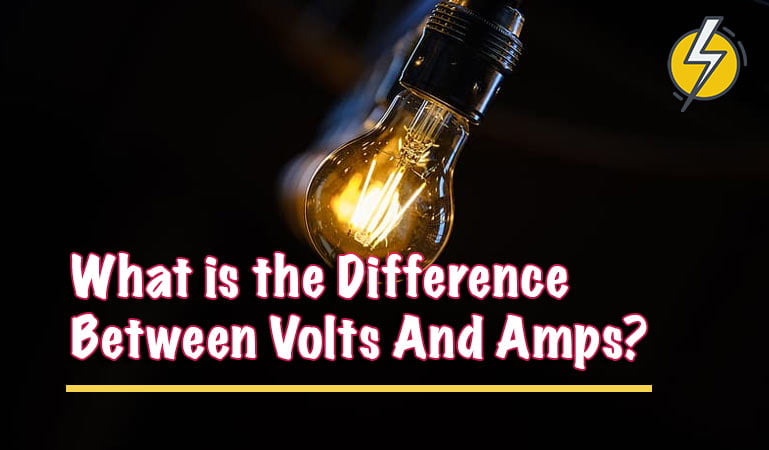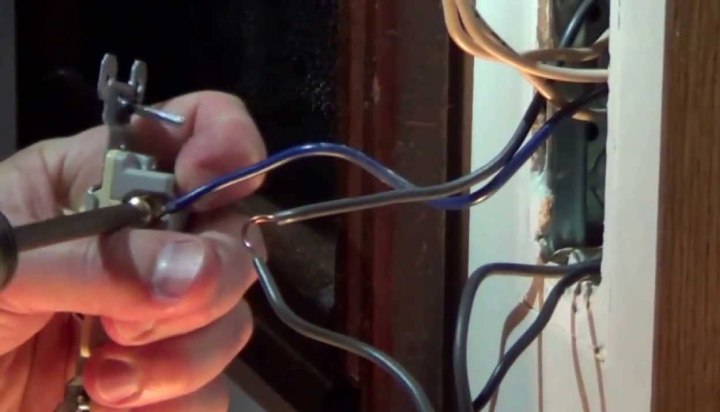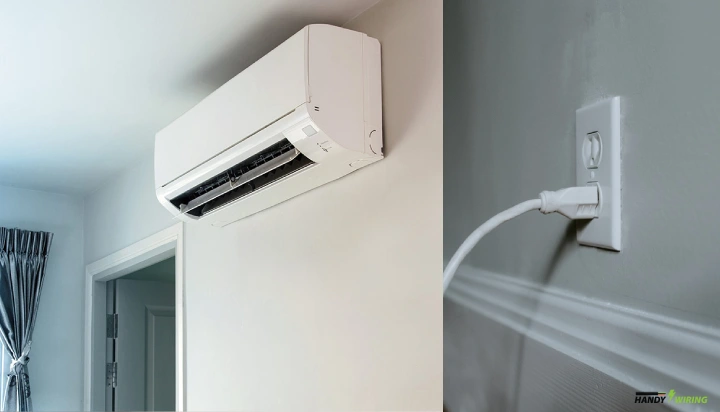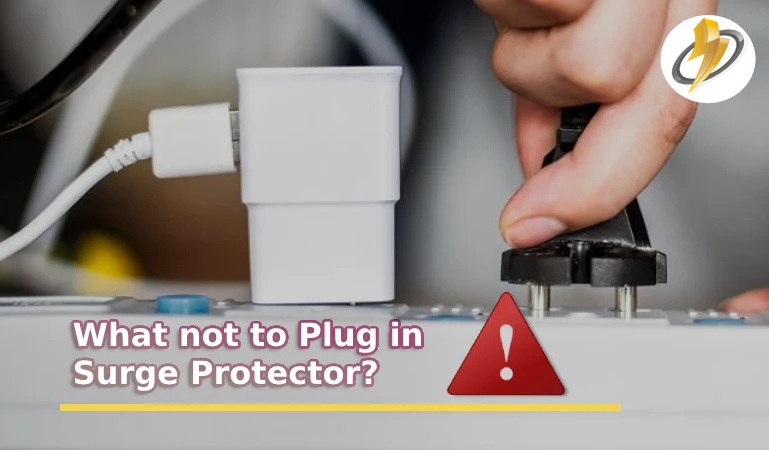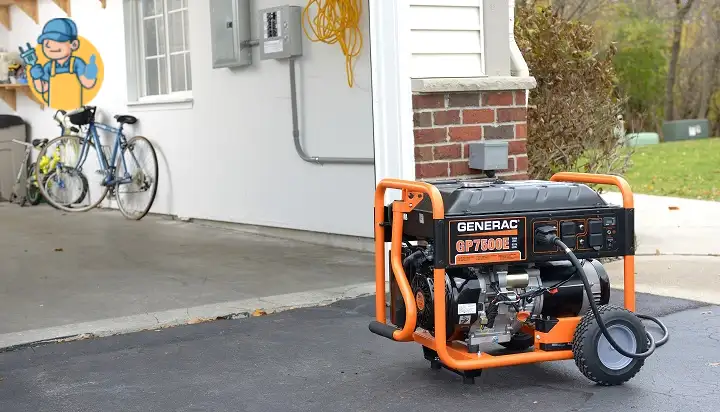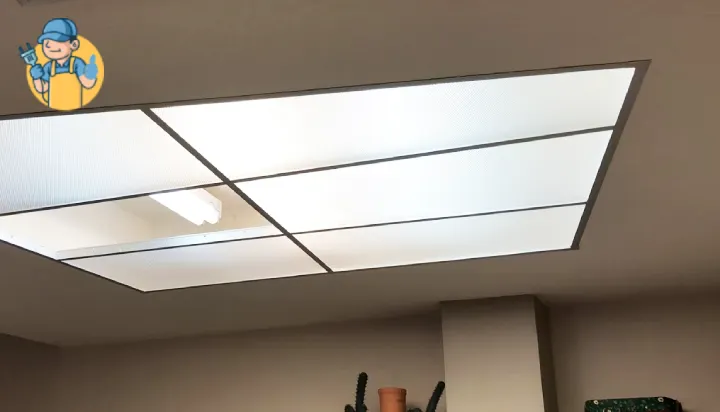A 240V breaker provides essential protection for your electrical circuits and appliances. But how does it work without a neutral wire?
It is possible to use a 240V breaker without a neutral wire. This can be done by connecting the two 120V breakers together and then connecting the hot wires to the 240V breaker. This article will explain the implications of using a 240V breaker without a neutral wire and the benefits it provides.
Read the article thoroughly to know in detail how a 240V breaker works without a neutral wire and the implications of doing so.
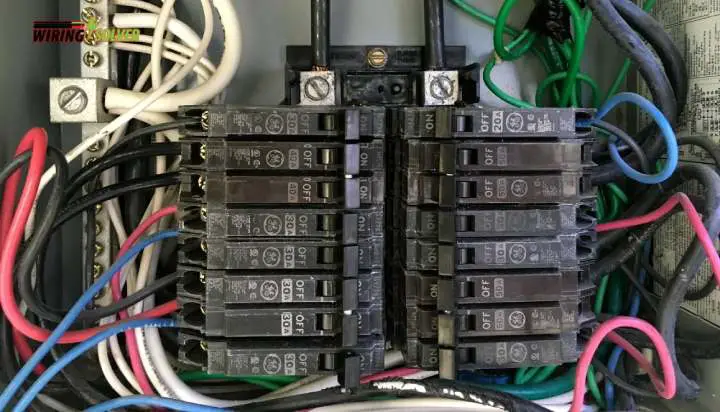
Different Parts of a Double Pole GFCI
How does a 240V GFCI breaker work without a neutral? You first have to know the different parts and terminals of a double pole breaker.
As it will provide you with the basic knowledge needed to understand the flow of current. There is always a reason behind a breaker tripping.
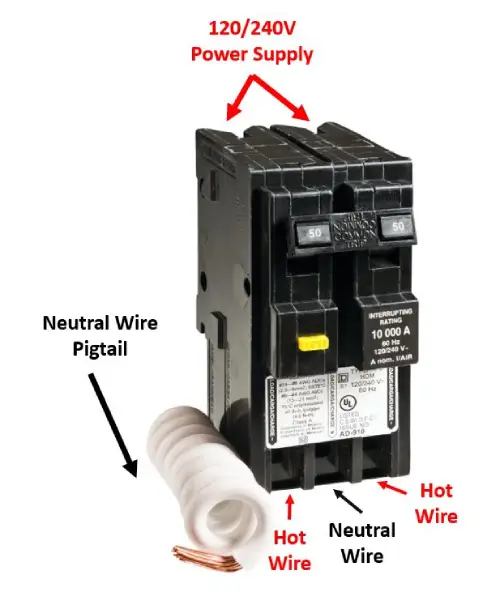
A double pole GFCI can be broken down into 6 different key parts. The power entrance, the neutral pigtail wire, 2 hot terminals, 1 neutral terminal, and the switch.
Once a GFCI is fitted to the main panel, the slots on the back, smoothly slide on your circuit panel. Electricity will flow in from the grid in either 120/240V supply or pure 240V.
The neutral pigtail can either be connected to the neutral bus or directly to the ground itself. It will depend on the type of your installation.
Now for the output. You will get two hot wires and one neutral wire. The neutral wire is oftentimes not used in many cases.
240V GFCI Breaker without Neutral
There are various configurations that you might use which do not require the use of the neutral terminal. I will go over these configurations below.
Configuration 1:
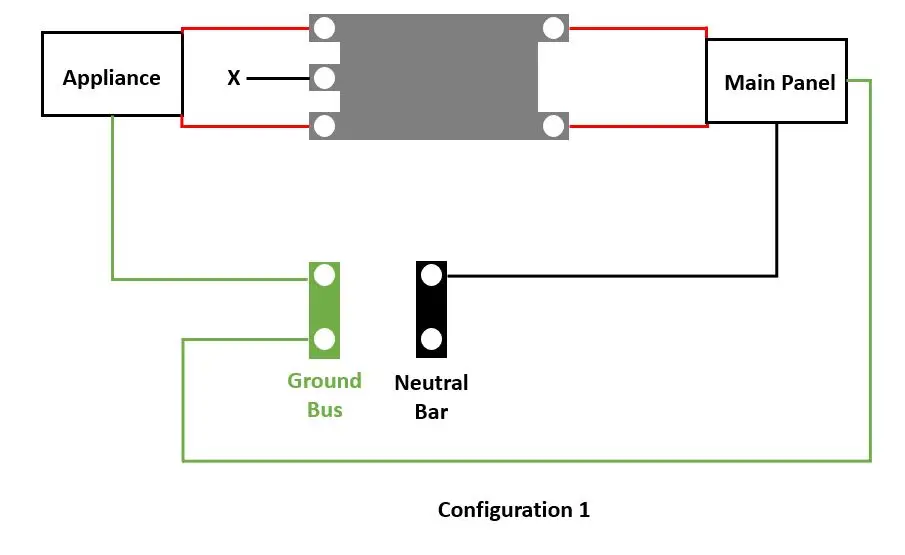
As can be seen in the first configuration (Fig 2), the appliance will be directly connected to the ground bar.
Hence the neutral wire would not be needed to loop the electricity back. The pigtail neutral of the GFCI breaker will be connected to the neutral bar in this configuration.
Configuration 2:
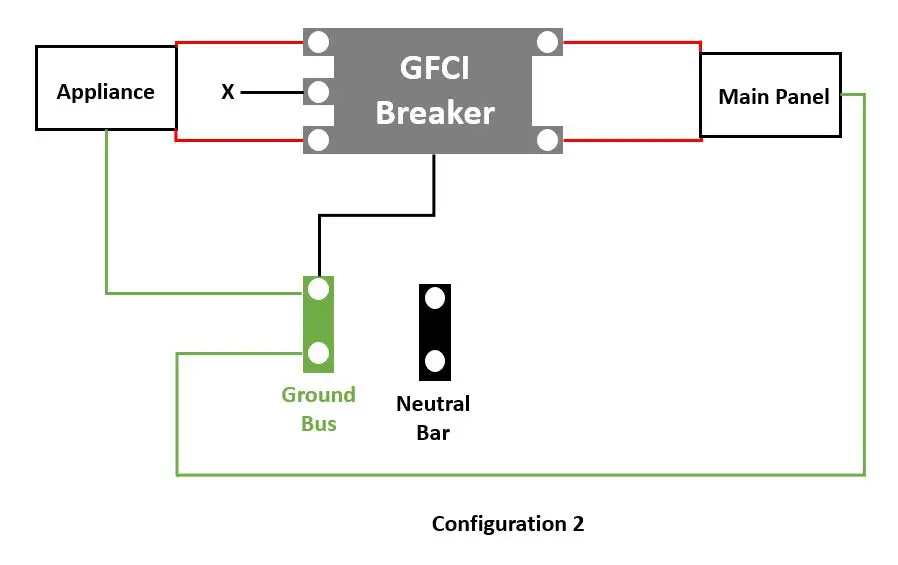
In the second configuration (Fig 3), the appliance will remain with the previous connections.
But the pigtail neutral wire will be connected to the ground bus instead of the neutral bar, which was the method for the previous configuration.
Configuration 3:
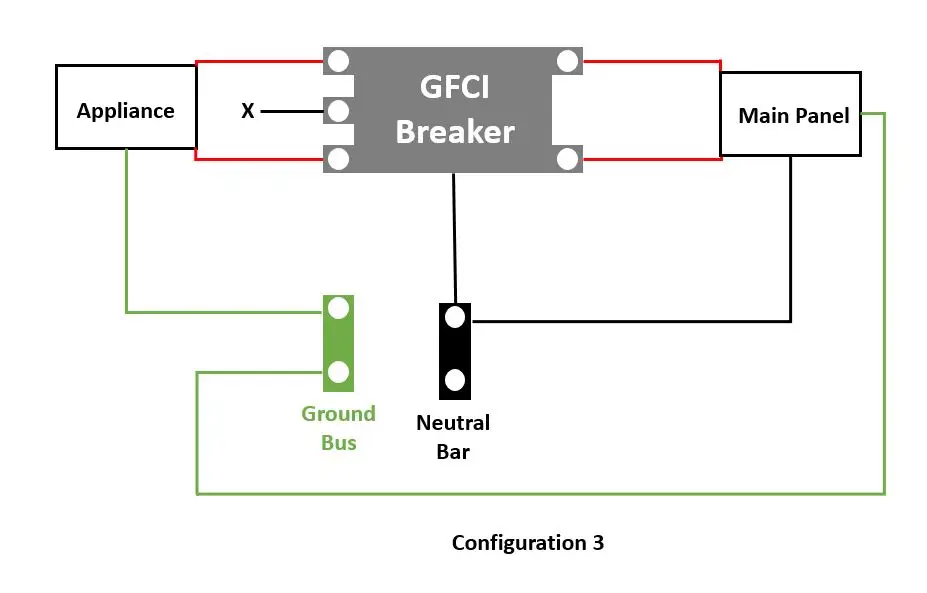
In the final configuration (Fig 4), the main panel will be connected to both the ground bus and the neutral bar. The neutral pigtail will also be connected to the neutral bar in this scenario.
The application will be directly grounded, thus rejecting the use of the neutral wire of the GFCI breaker.
These are the three most common configurations one can use, which will let them install a 240V GFCI breaker without a neutral.
Benefits and drawbacks of Using A 240V Breaker Without a Neutral Wire?
Using a 240V breaker without a neutral wire can have some advantages and disadvantages, depending on the specific application. Here are some benefits and drawbacks to consider.
Benefits:
- Simplicity: One of the main benefits of using a 240V breaker without a neutral wire is that it simplifies the electrical wiring. This can be especially useful in situations where the wiring needs to be run through tight spaces or over long distances.
- Reduced wiring costs: Using a 240V breaker without a neutral wire can also help to reduce the overall cost of the electrical installation. This is because it requires fewer wires and less labor to install.
- Higher power capacity: 240V breakers are generally able to handle higher levels of power than standard 120V breakers. This can be beneficial in applications that require a lot of power, such as large appliances or industrial equipment.
Drawbacks:
- Limited compatibility: One of the main drawbacks of using a 240V breaker without a neutral wire is that it may not be compatible with all types of electrical devices. This can be an issue if you need to connect a variety of different devices to the circuit.
- Safety concerns: Another potential drawback is that 240V circuits can pose a greater risk of an electrical shock compared to 120V circuits. It’s important to follow proper safety precautions and ensure that the circuit is properly installed and maintained to minimize the risk of accidents.
- Limited wiring options: Using a 240V breaker without a neutral wire can also limit your options for wiring the circuit. For example, you may not be able to use certain types of switches or outlets that require a neutral wire.
Overall, the decision to use a 240V breaker without a neutral wire should be based on a careful assessment of your specific needs and the potential benefits and drawbacks of this approach. On the other hand, AFCI breakers have a separate use case.
Summary
In conclusion, it is possible to use a 240V breaker without a neutral wire by connecting the two 120V breakers together and then connecting the hot wires to the 240V breaker.
This can be beneficial in certain situations, such as when the neutral wire is not available. However, it is important to understand the implications of using a 240V breaker without a neutral wire and to ensure the safety of all electrical circuits and appliances.

